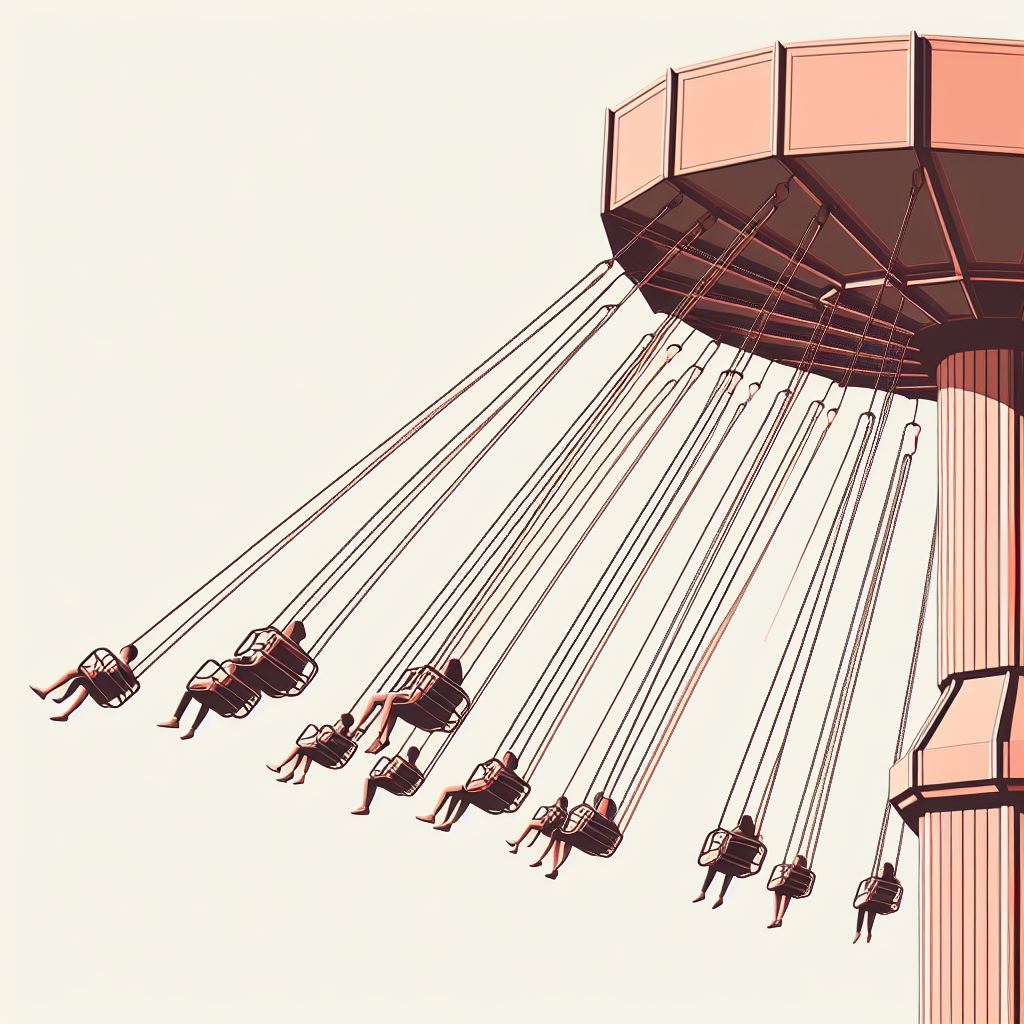
Positive thrill-seeking is a way to get our “dose of excitement” without the dangerous and unnecessary risks that often come with others forms of thrill-seeking like gambling or drug abuse.
We all seek a degree of excitement and thrill in our lives. Without it, life can gradually become a bit boring and stale.
Often our need for “thrill-seeking” depends on our personalities and individual interests. Some people crave a lot of “thrill-seeking,” the feeling of a new adventure every day; while others crave only a little “thrill-seeking,” such as an occasional vacation once per year.
At its extreme, thrill-seeking can be associated with a wide-range of behavioral problems, such as compulsive gambling, drug abuse, sex addiction, and other risky behaviors that can often come with severe consequences if they aren’t kept in check.
Interestingly, according to one study published in the Scandinavian Journal of Psychology, researchers at the University of Bergen found that there’s a lot in common between the personalities of “skydivers” and “gamblers,” because both are attracted to this fundamental need for thrill-seeking and risk-taking.
Both activities make similar use of the brain’s reward system too, by increasing neurotransmitters such as dopamine, adrenaline, and endorphins. So the “rush” you get from sky-diving can often be very biologically similar to the “rush” you get when you win big at the casino.
However, one big difference is that skydiving, in general, is a considered a healthy activity while compulsive gambling is often regarded as a serious behavioral disorder.
Perhaps individuals who get their “thrills” from unhealthy habits like compulsive gambling, or drug abuse, or sex addiction can find healthier ways to live a more exciting life without their impulses developing into a behavioral problem.
What if we could engage more in “positive thrill-seeking?”
Positive Thrill-Seeking
One implication researchers are drawing from this study is the idea of replacing harmful thrill-seeking with more healthy and positive thrill-seeking.
According to Scandinavian psychologist Helga Myrseth:
-
“One of our major discoveries was that extreme scores for impulsiveness or thrill-seeking don’t have to be negative or linked to a diagnosis, such as gambling addiction. It may as well be connected to more wholesome leisure activities, such as extreme sports.
Compulsive gamblers may be able to get their kicks without risking health and ruin. Both gamblers and extreme sport athletes show a strong desire for intense stimulus. For skydivers this arises from the intensely compressed nature of the sport. For gamblers it can lead to increasing sums of money being put into play.”
It’s possible that forms of harmful thrill-seeking and impulsivity (like drug abuse, compulsive gambling, or sex addiction) could be substituted for more positive habits that still provide similar levels of excitement.
Anecdotally, I know several people who have had serious problems with drug addiction in their pasts, and one of the things that has helped them overcome it (and stay clean) is engaging in extreme sports like mountain biking, skateboarding, paintball, body-building, or hockey.
For these people, switching from one extreme habit to another extreme habit has helped them substitute a negative and destructive behavior with a more positive and safe one – while still getting their daily dose of excitement.
Healthy Examples of Positive Thrill-Seeking
There are countless ways to get a healthy dose of “thrill-seeking” in a relatively safe manner. Here are a few ideas I’ve put together into a simple list:
- Extreme sports, like mountain biking, skateboarding, paintball, or hockey.
- Rollercoasters and exciting rides at amusement parks.
- A super intense workout regimen at home or at the gym.
- Practicing safe and healthy sex (add some role-playing for extra fun).
- Watching a really scary or action-packed movie.
- Going to a live concert for a high energy rock or metal band.
- Sky-diving or scuba-diving
- Eat really spicy foods, such as chili peppers.
- Playing an exciting video game (especially with virtual reality)!
- Attending fun parties with lots of dancing and loud music.
- Challenging yourself by doing something completely new and out of your comfort zone.
- Performing live in front of an audience, such as music or stand-up comedy
- Traveling to a foreign country you’ve never been to before.
- Going on a camping trip or road trip with friends.
These are just a few suggestions for positive thrill-seeking, but you get the idea.
The main lesson is that there are alternative ways of doing exciting things that don’t have to include harmful activities that we often associate with thrill-seeking. And maybe by engaging in these alternatives, we can actually curb our desire for these less healthy, more risky, and more costly habits.
For the extreme thrill-seeker, it’s also worth considering a career that makes good use of this need for excitement, such as becoming a firefighter, police officer, EMT, security guard, ambulance driver, or other professions that often come with a degree of danger.
At the end of the day, everyone needs a little excitement in their lives but we all need different doses. Positive thrill-seeking is a great way to invigorate our lives without developing harmful behavioral patterns or destructive habits.
Enter your email to stay updated on new articles in self improvement:
